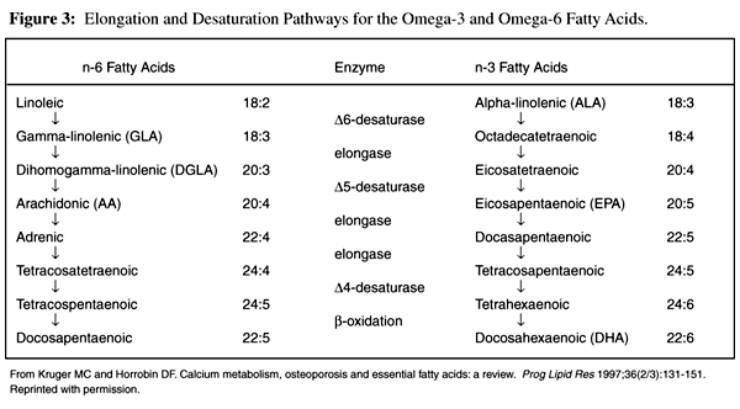The following is taken from TheScientist.com’s Blog entry from Friday (09/18/2009) Posted by Margaret Guthrie:
“The book presents detailed nutritional information on food plants, including insight into hybridization and genetic modification, such as genetic engineering to reduce cell-wall softening in tomatoes, one of the world’s most popular “vegetables.” …… Details of vegetative components are given, along with analysis of “other biologically active substances” like antioxidants, flavonoids and tannins.
Not given over entirely to facts, charts and tables, The New Oxford Book of Food Plants also contains quirky passages that entertain as they illuminate. For example, nestled into the entry for spinach: “[Spinach] was reputed to have very high content of iron but this is a myth due to the incorrect placing of a decimal point in the calculations of Dr. von Wolf at the end of the nineteenth century, although recalculated in the 1930s.”
All in all, The New Oxford Book of Food Plants is an essential and engaging reference for everyone from casual readers and curious cooks to nutritionists and food writers. The book is due in bookstores on September 25.
The New Oxford Book of Food Plants, 2nd Edition, by J.G. Vaughan and C.A. Geissler, Oxford University Press USA, 2009. 288 pp. ISBN: 978-0-199-54946-7. $39.95.”




Thanks. Sounds like a entertaining book for me and my fellow foodists to peruse.